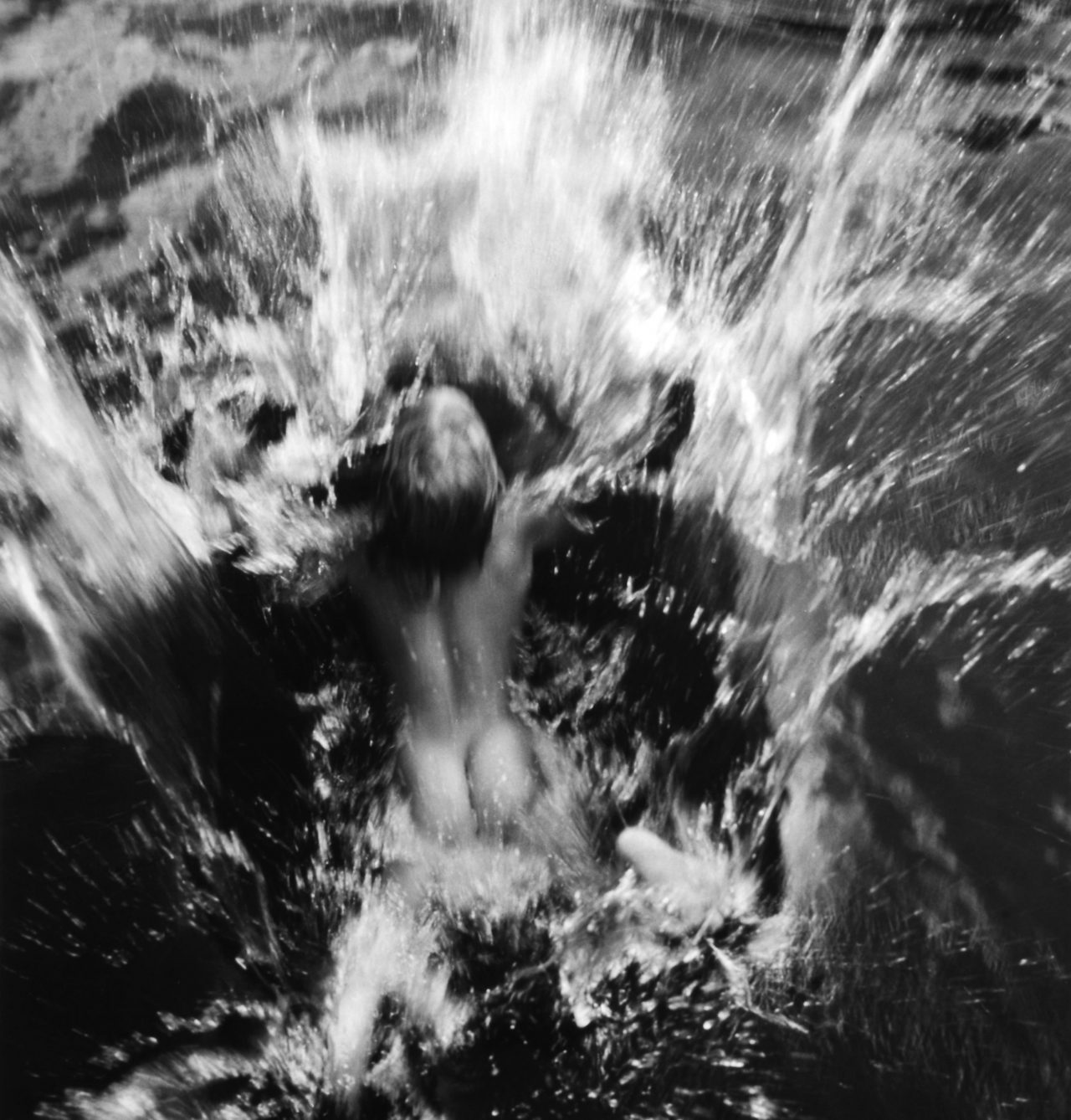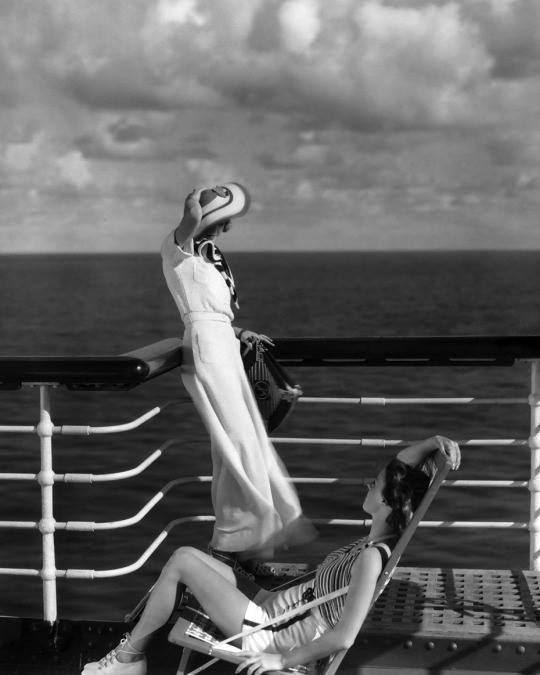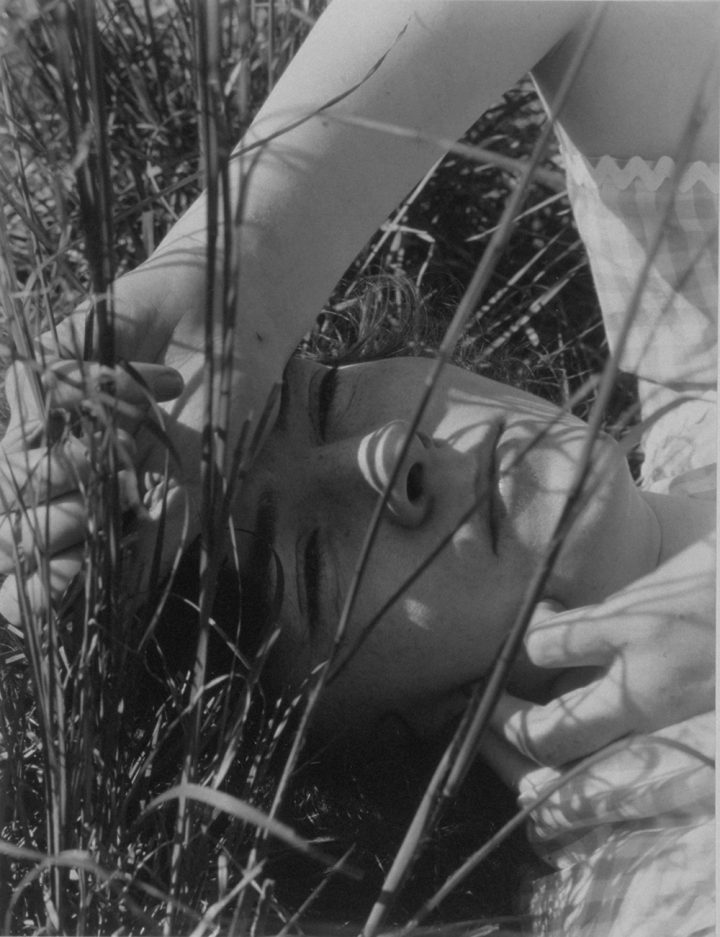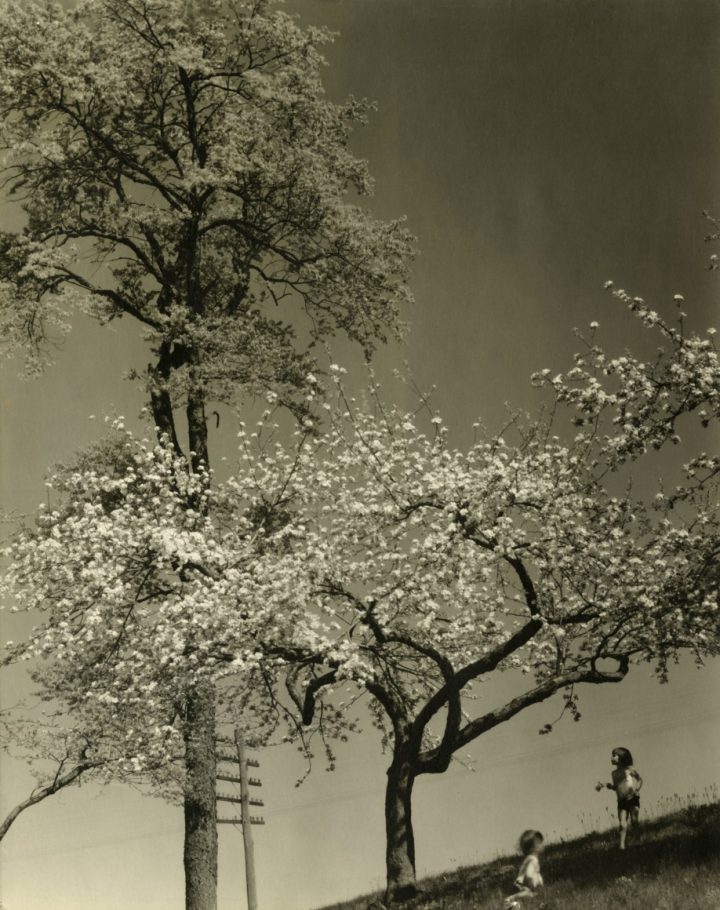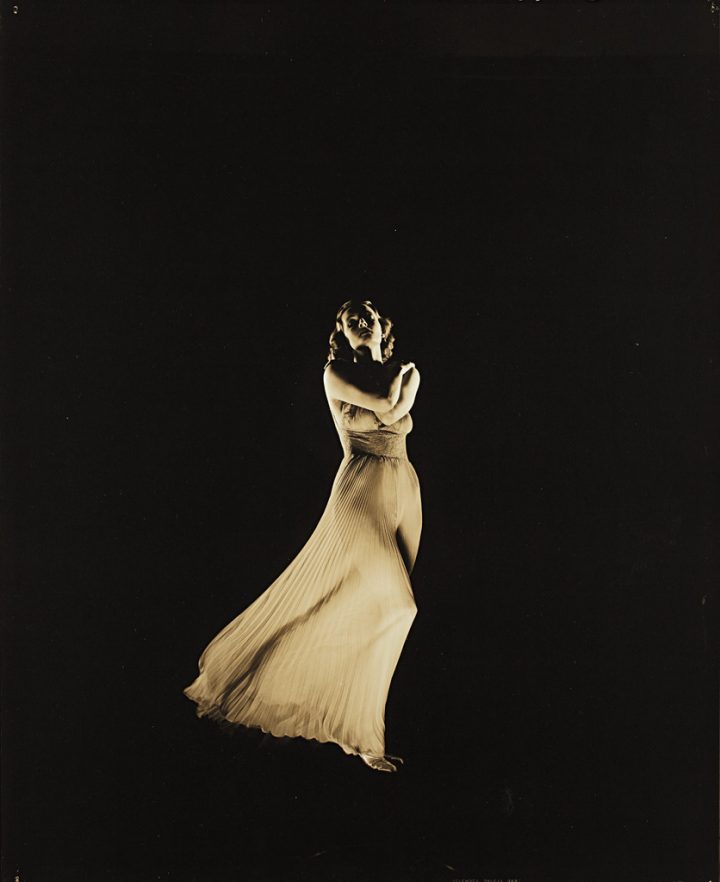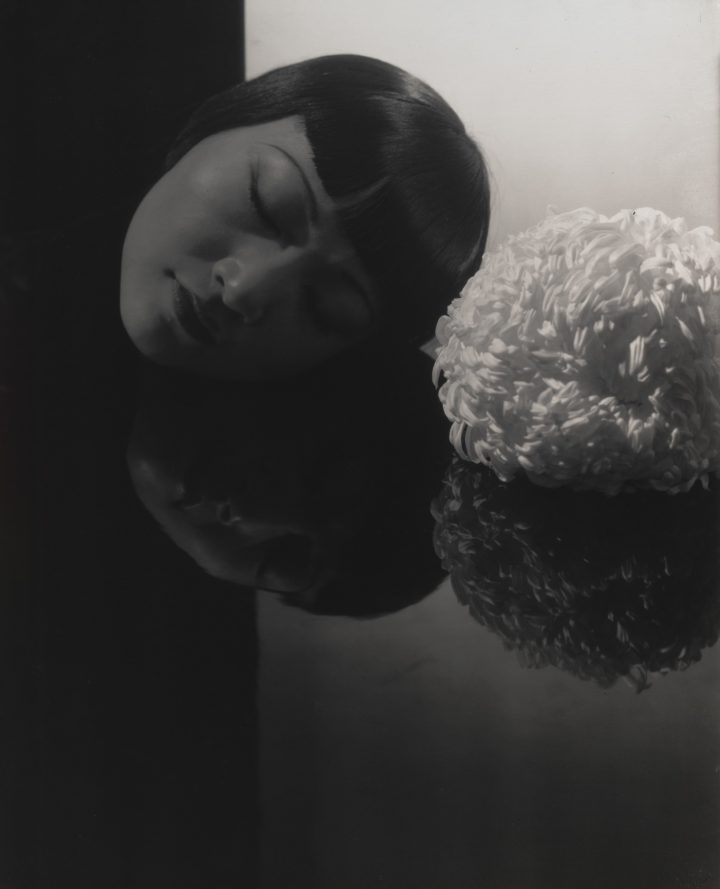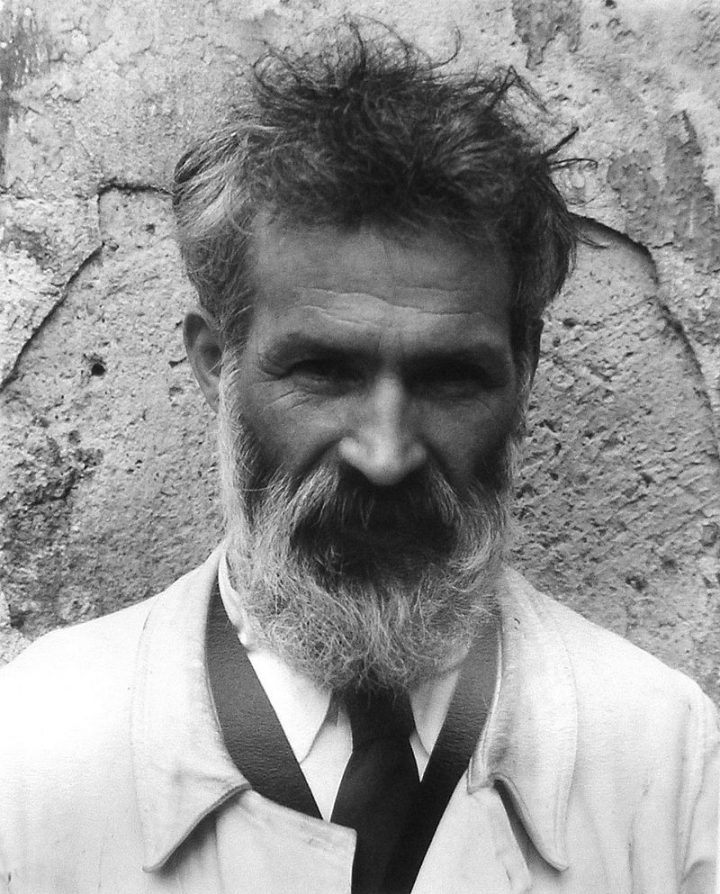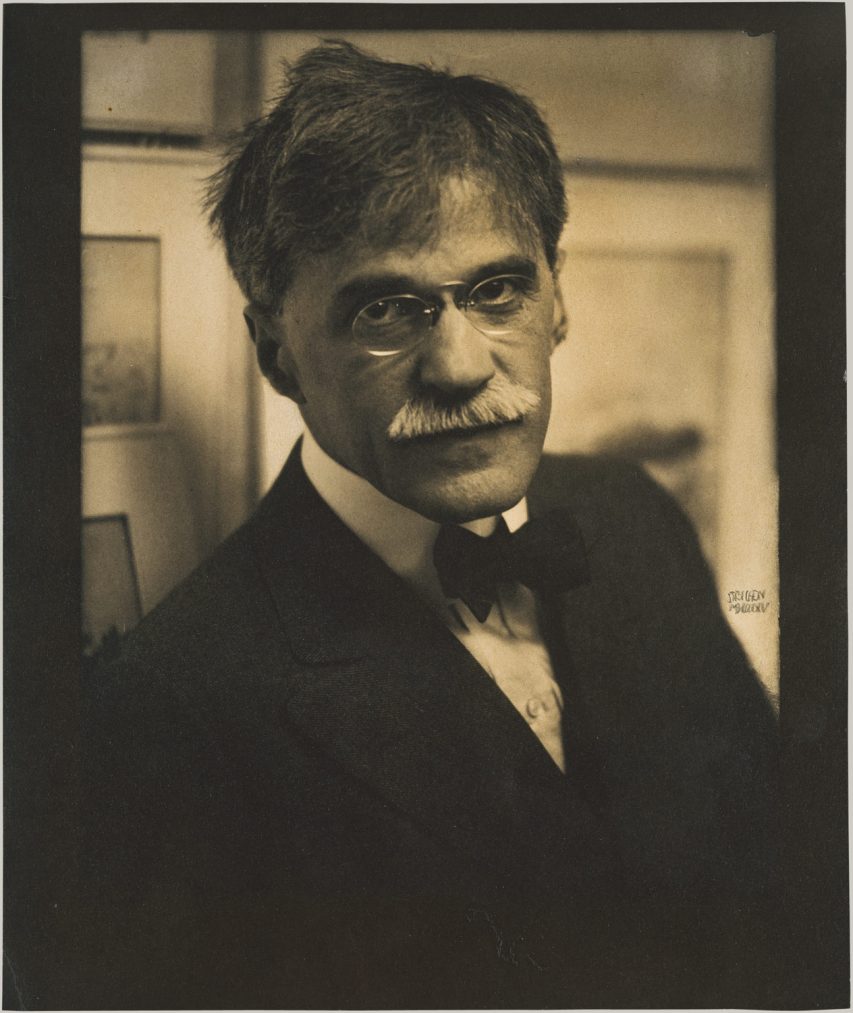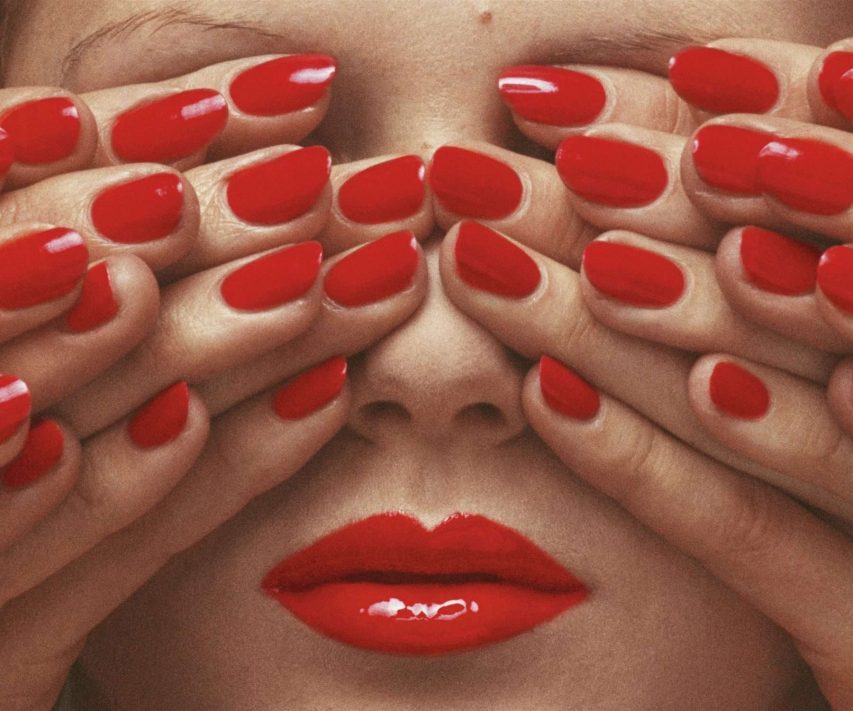Steichen Photography
Edward Steichen, painter and photographer, was one of America’s most influential artists in the modern age.

Edward Steichen(1879 – 1973) American (b. Luxembourg)
He began a partnership with Alfred Stieglitz and founded the Photo-Secession in 1902 – a close knot group of photographers that were published and promoted during the next decade. Steichen lived both in Paris and in New York, amongst immensely talented artists – Matisse, Rodin, Picasso, and Brâncuși. He became a promoter of European artists in America, selecting their works and exhibiting it overseas. Among it all, in 1911, Steichen even became, in a way, one of the world’s first fashion photographers, through his photos of gowns designed by couturier Paul Poiret.
Steichen’s view of Brâncuși’s studio is orchestrated, geometric, and objective. A corner of Brancusi’s studio shows several identifiable works, including “Cup” (1917) and “Endless Column” (1918), and the photograph’s centerpiece is the elegant polished bronze “Golden Bird” (1919) – centered, the light modulated, and the constellation of masses carefully balanced in the space defined by the camera. The spectral effect of this studio view is created by harsh light emanating from a floor fixture in the foreground. And surrounded by pedestals and works in progress, Brancusi.

